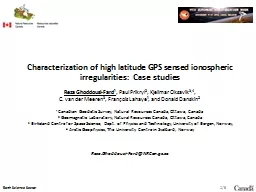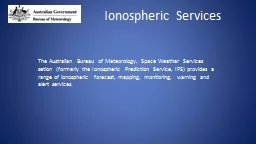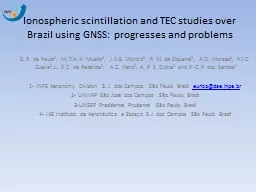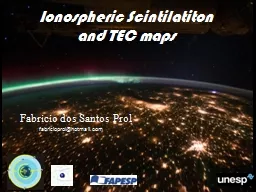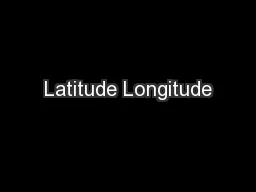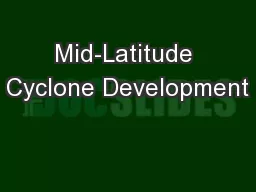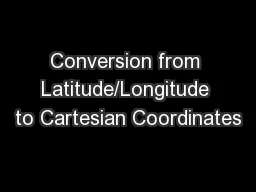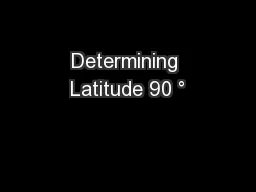PPT-Characterization of high latitude GPS sensed ionospheric ir
Author : phoebe-click | Published Date : 2016-05-16
Reza GhoddousiFard¹ Paul Prikryl² Kjellmar Oksavik 34 C van der Meeren 3 François Lahaye¹ and Donald Danskin² ¹ Canadian Geodetic Survey Natural Resources
Presentation Embed Code
Download Presentation
Download Presentation The PPT/PDF document "Characterization of high latitude GPS se..." is the property of its rightful owner. Permission is granted to download and print the materials on this website for personal, non-commercial use only, and to display it on your personal computer provided you do not modify the materials and that you retain all copyright notices contained in the materials. By downloading content from our website, you accept the terms of this agreement.
Characterization of high latitude GPS sensed ionospheric ir: Transcript
Download Rules Of Document
"Characterization of high latitude GPS sensed ionospheric ir"The content belongs to its owner. You may download and print it for personal use, without modification, and keep all copyright notices. By downloading, you agree to these terms.
Related Documents

